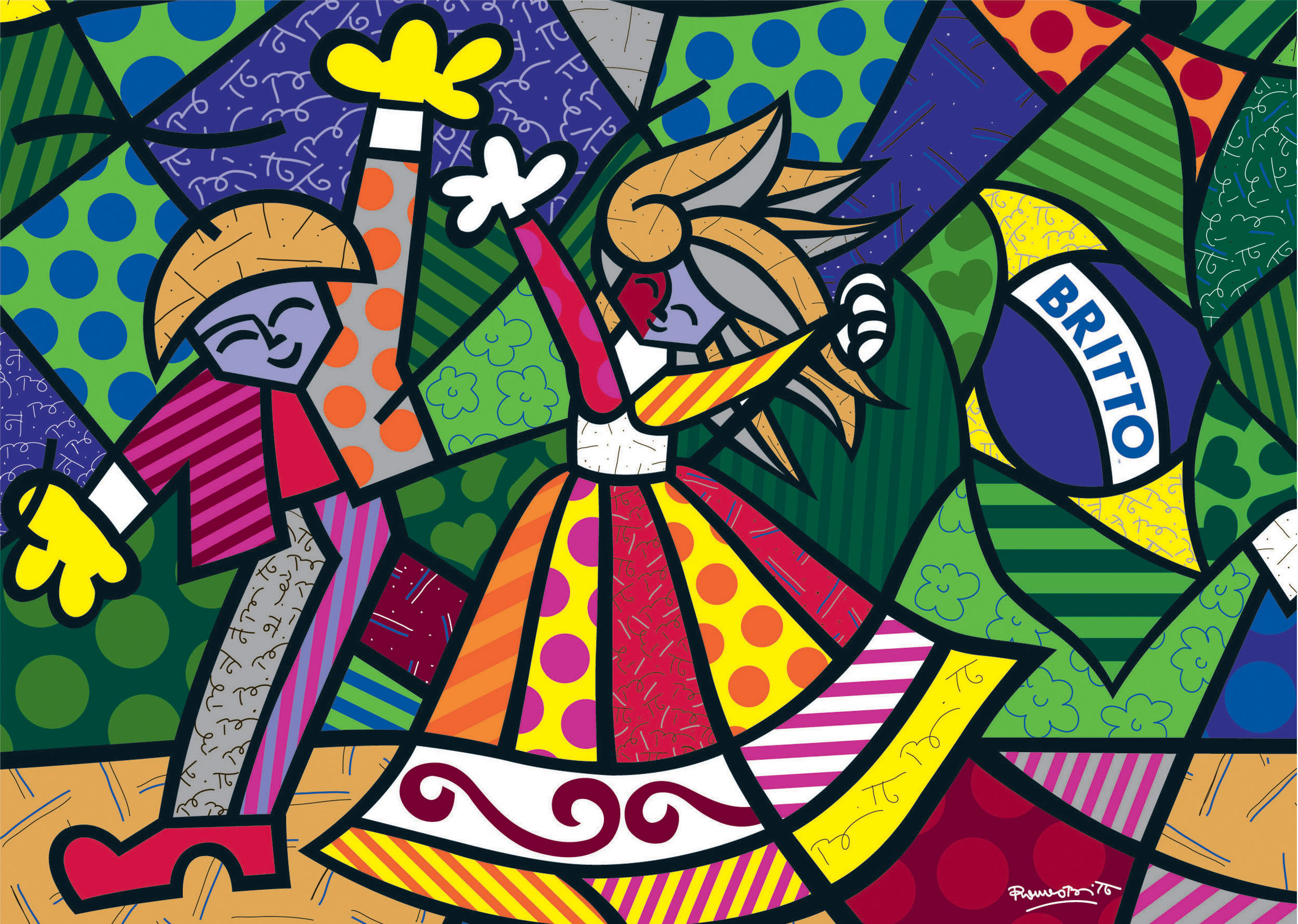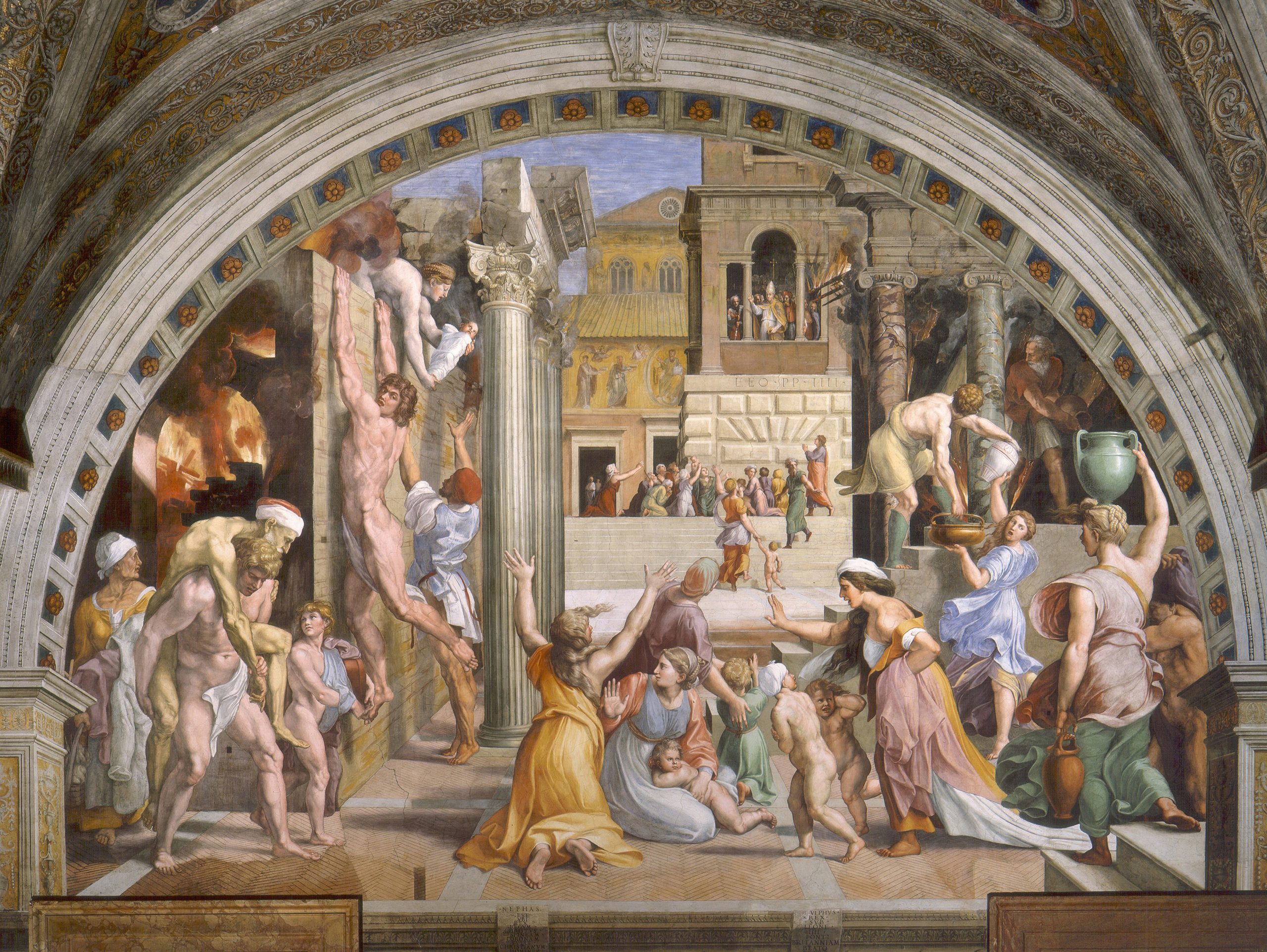
“You change your energy and allow another person to haunt your house, so to speak. It’s like being a medium. It left me exhausted and depressed-feeling. Some of the time, when you’re walking out there where the air is thin, you just hope you can walk back again.” – Gena Rowlands on playing Mabel in “A Woman Under the Influence”
In the early years of Gena Rowlands’ career, there was no sense that she was “walking out there where the air is thin”. She was a beautiful blonde playing beautiful blonde roles, but she lived on our plane of existence. If you watch closely, though, other qualities leak through the conventional material. Maybe there’s a glimpse of her bad temper. You could imagine her throwing a tantrum. Maybe it’s a grumpy eyeroll, snuck in between lines. There’s a latent unruliness there, somewhere. Rowlands was not cast as wise-cracking dames early on, but the wise-cracking dame had a way of making herself known.
Whether or not this is retrospect talking is an interesting question. Are we projecting onto her things that were only apparent later when she awed the world with her performances in the films directed by her husband, John Cassavetes (“Faces,” “Minnie and Moskowitz,” “A Woman Under the Influence,” “Opening Night,” “Gloria,” and “Love Streams“)? If she hadn’t met and married Cassavetes, what would have happened? Speculation is pointless, but it helps contextualize what happened, and her equal part in it.
There will always be a place in Hollywood for beautiful blondes. Rowlands wasn’t a Marilyn-Monroe type. She was one of those “chilly” blondes, the kind Hitchcock loved. Rowlands was not a haughty person, but she often played characters with a whiff of standoffishness. Hollywood isn’t known for its sensitive handling of beautiful talented blondes, but it’s easy to imagine that Gena Rowlands, who loved acting (“I never wanted to do anything else. This was it.”), would have had a respectable career, with or without her husband. Cassavetes didn’t lift her out of obscurity. Nevertheless, she wasn’t being seen the way she needed to be seen. The world didn’t yet know what it was missing.
Rowlands was born in 1930 in Madison, Wisconsin. Except for a somewhat mysterious “breakdown” when she was around twelve years old, she had a fairly happy time of it. After graduating from the University of Madison, Rowlands moved to New York City to attend the American Academy of Dramatic Arts. She was determined to not let her dream get derailed: “In those days, if you got married, you had children and quit what you were doing. I wanted to be an actress bad enough that I would forego the comfort of love. I was going to be very careful. So I went in to lunch and put my books in my locker and I saw John Cassavetes. And I thought, Oh damn, not this. This is just exactly what I don’t want.”
They married in 1954. She performed in repertory companies and made her Broadway debut in The Seven Year Itch. Her performance on Broadway as Betty, in Paddy Chayefsky’s Middle of the Night, opposite Edward G. Robinson, made her a New York theatre star. Both she and Cassavetes were busy working actors through the ’50s. Their son, Nick, was born in 1959, the same year Cassavetes’ first film, “Shadows”, was released. In Cassavetes’ third film, “A Child is Waiting,” starring Judy Garland and Burt Lancaster, Rowlands played another chilly blonde, but the material has some depth, and she brings a tightly-coiled restlessness to the part, a sense of this woman’s guilt and shame.
“Faces” in 1968, was the game-changer. For Rowlands, for Cassavetes, for American movies. “Faces” opens, startlingly, with a huge closeup of Rowlands, looking like she’s caught in the middle of a moment, alert and startled. Her Jeannie has a sharp edge, and there’s something hard in her eyes, a wary toughness. Her laughter is forced, almost hysterical. The man she’s with (Val Avery) asks her to “stop being silly”, and to just “be herself”. An abyss opens up. What does “being herself” even mean? Her beauty is part of the problem, and she knows it. She’s a “looker” but no one sees her. Jeannie perceives the man’s flaws and unhappiness in one glance, and her smile is tender and pitying, almost maternal. With Rowlands, a moment was never just one thing. It – and she – was always in flux.
She sometimes drove a scene, dancing and kicking up her heels, her thick blonde mop of hair swinging around her face. There are moments where she almost looks directly at the camera in “Faces”. Rowlands does versions of this in other performances, and it’s always unexpected. In “A Woman Under the Influence”, Rowlands’ Mabel makes all of these weird sounds and gestures, and these often read as being asides for an invisible audience – i.e. us. She’s practically rolling her eyes at us. In “Opening Night”, Myrtle (Rowlands) breaks the fourth wall during the actual opening night, turning to the audience to react to whatever was just said. Rowlands got lost in a role, but she brought us with her.
There was a “camp” tendency in her, but it was a boozy raucous camp, a wild grasping at surfaces she wished she could rely on. Rowlands was not about kitchen-sink realism, and she didn’t try to “underplay” things. (Underplaying is the current house style of most American film actors, and it has led to muted unexpressive performances. One yearns for a big gesture!) Rowlands’ favorite actress was Bette Davis, who would never be accused of “underplaying” anything. (In 1979, Rowlands and Davis played mother and daughter in an excellent television movie called “Strangers: The Story of a Mother and Daughter.” It’s on YouTube!) There was always something of the old-school Classic Hollywood Dame about Rowlands.
“Minnie and Moskowitz” (1971) is a rom-com, Cassavetes-style, meaning sparked with loneliness, chaos and dread, and it paired Rowlands with Cassavetes regular Seymour Cassel. When we first meet Minnie (Rowlands), she is drunkenly telling her co-worker how much she loves going to the movies, and how much she wishes Humphrey Bogart and Charles Boyer were real. Minnie wears sunglasses the size of manhole covers and has no skill in dealing with Cassel’s volatile extroversion. Rowlands does the chilly blonde thing again, but finally it’s in a context rich enough and free enough to let her explore it. In the final scene, she sits in the backyard, wearing massive pink sunglasses, grinning from ear to ear. She is surprised by the unfamiliar sensation of happiness.
Mabel Longhetti in “A Woman Under the Influence” (1974) is the role for which Rowlands will forever be known. It makes other very good performances look merely skilled. Whatever Rowlands did in “A Woman Under the Influence,” it wasn’t about skill. Mabel is first seen hustling the kids out of the house for school, and her energy ramps everyone up into a state near hysteria. Once they’re all gone, Mabel wanders from room to room, emptied out of energy, adrift. Mabel’s husband Nick (Peter Falk) is a simple guy, who loves his wife, but has no idea how to handle her. Mabel stalks out into the busy traffic to wait for the kids’ school bus, and she is a spectacle in a mini skirt and floppy sweater, walking up and down the sidewalk, blowing raspberries at people, jabbing her thumb in the air, talking to herself.
Rowlands goes so far here it feels dangerous watching it. She’s out where the air is thin. Will she be able to come back? She shatters over and over, until there is no discernible “self” left. By the end, she is nothing but terror and paranoia, powered by adrenaline surges and panic. Peter Falk looks truly distressed during the confrontation in the living room when the doctor tries to give Mabel a sedative. Rowlands, like a cornered animal, pushes her arms out in front of her, making a little cross with her fingers to ward off evil. She looks unreachable.
Mabel’s behavior is unacceptable mostly because she makes people uncomfortable. What’s the “influence” Mabel is under? It was “read” at the time (1974) as a feminist statement, with Nick – patriarchy – as the “influence,” a fair but uninteresting interpretation. Cassavetes didn’t tell stories in a binary easily dissected way. Nick is a man, but he’s not “at home” in the world either. He’s got some loose marbles himself. He married Mabel, after all. No conventional man would marry Mabel. One of the reasons why the film sticks with you forever once you’ve seen it is its questions are implicit, and the answers are irrelevant. Even Mabel doesn’t know why this happened to her. Years after Cassavetes’ death, Rowlands was asked about what she thought happened to Mabel and Nick, and she said she thought they were still out there somewhere, still kooky, still in love. It was a very moving answer.
Making the film depleted Cassavetes’ resources, and they had a hard time finding distribution. They finally distributed it themselves. Even without a studio backing them, Rowlands was nominated for an Oscar. The film caused a furor when it premiered at the New York Film Festival, with thunderous ovations for them both.
“Opening Night” (1977) is a love letter (albeit tormented) to actors and the theatre. Rowlands plays Myrtle, a famous alcoholic actress, swamped by fans at the stage door. Myrtle is a pain in the ass during rehearsals. She makes a spectacle of her acting process. She remembers being a younger actress when her emotions came freely. She can’t do that anymore. In this very eerie film, Rowlands has a couple of moments that defy description. In one scene she beats herself up using a door frame, knocking her head against the wood until her glasses break. There’s another moment where she smiles and mouths “Hello” and it’s hair-raising. Coincidentally, I just wrote about Opening Night for my new column at Liberties Journal.
“Gloria” (1980) is the first Cassavetes film I saw (the only one with regular television rotation) and my introduction to Rowlands. It’s a good way in. There she is, in a tailored pink suit, waving a gun around, running down the sidewalk in her high heels, sneering at subway thugs like a 1930s gangster, dragging a little kid behind her. “Gloria” allows Rowlands to lean in to the classic Hollywood thing she understood so well (not as a style, but because she IS it). “A Woman Under the Influence” and “Opening Night” take place in the belljars of the characters’ worlds – Mabel and Nick’s house/the theatre – but “Gloria” takes place out in the world. Rowlands was nominated again for Best Actress.
Cassavetes’ final film, “Love Streams” (1984), is a strange melancholy movie, with Rowlands and Cassavetes playing eccentric siblings. Rowlands’ Sarah is akin to Mabel, but Sarah is even more untethered. At least Mabel has her kids! Sarah lost custody of hers and her ex-husband (Seymour Cassel) is making things difficult. There are a couple of very memorable scenes, like Sarah deciding to bring home a herd of animals, exhilarated at the thought of caring for them. There’s the scene where she goes bowling by herself, wearing a glamorous gown, and gets her fingers stuck in the bowling ball, eliciting kindness from the people sitting next to her. My favorite scene is a dream sequence where Sarah is forced to make her ex-husband and child laugh, and they refuse, watching her increasingly wild shenanigans with poker faces. There’s a table of novelty joke toys, and Rowlands tears through them, waddling around wearing Groucho Marx glasses, clown noses, making funny noises. (It is a mystery how Cassel could watch all this without laughing!)
The collaboration of John Cassavetes and Gena Rowlands changed the world, although I wish its influence were more felt in the films being made today. It’s hard to imagine a time when we didn’t have these films as part of our archive and collective memory. What Cassavetes and Rowlands did was unique to them and can’t be replicated, at least not in the same way, because art is a soul and heart thing. It comes from the individual. Still, it is an awe-inspiring body of work. We are so lucky to have it.
Rowlands appeared in a few ground-breaking television movies tackling controversial subjects. “A Question of Love” (1978) told the story of a lesbian couple (Rowlands and Jane Alexander) raising three children from their former marriages. One of the ex-husbands sues for custody and the case goes to court. Their sexuality is on trial and it’s ugly. Rowlands is superb, and there are moments during the court scenes, particularly when she listens to her teenage son on the stand, ranking with her best work. In 1985, she appeared in “An Early Frost”, the first movie to deal with the AIDS crisis, at a time of misinformation, fear, and hatred. The success of “An Early Frost” – its ratings, its award nominations and wins – was extremely important in raising the visibility of the AIDS crisis, as well as humanizing it.
Rowlands gave another major performance in Woody Allen’s “Another Woman” (1988). (I wrote the booklet essay for an Arrow Film release of the film in a box set.) “Another Woman” features a murderer’s row of talent: Ian Holm, Mia Farrow, Gene Hackman, Sandy Dennis, Betty Buckley, Martha Plimpton … but this is Rowlands’ movie. She plays philosophy professor Marion, the ultimate chilly blonde. Marion is drawn back into the past, and confronted with the damage she has done to others. Allen is in full Bergman mode here, the film’s structure similar to “Wild Strawberries”, with Allen hiring Bergman cinematographer Sven Nykvist to shoot the film. “Another Woman” is told mainly through intense Bergman-esque closeups on Rowlands’ face. These closeups are unlike anything else she had done before. They’re riveting and uncomfortable. Roger Ebert’s review of “Another Woman” is well worth a look, particularly his insightful comments on Rowlands:
“There is a temptation to say that Rowlands has never been better than in this movie, but that would not be true. She is an extraordinary actor who is usually this good, and has been this good before, especially in some of the films of her husband, John Cassavetes. What is new here is the whole emotional tone of her character. Great actors and great directors sometimes find a common emotional ground, so that the actor becomes an instrument playing the director’s song.
Cassavetes is a wild, passionate spirit, emotionally disorganized, insecure and tumultuous, and Rowlands has reflected that personality in her characters for him – white-eyed women on the edge of stampede or breakdown. Allen is introspective, considerate, apologetic, formidably intelligent, and controls people through thought and words rather than through physicality and temper. Rowlands now mirrors that personality, revealing in the process how the Cassavetes performances were indeed “acting” and not some kind of ersatz documentary reality. To see “Another Woman” is to get an insight into how good an actress Rowlands has been all along.“
I’ve written a lot about Rowlands over the years. In 2014, Criterion released the long-unavailable “Love Streams” on DVD and Blu-Ray, and I wrote and narrated a video-essay on Rowlands for the special features. You can watch it here:
In 2015, I was hired by the video-production arm of the Academy Awards to write the script for the tribute reel to be played at Gena Rowlands’ Lifetime Achievement Award ceremony. The video team did a gorgeous job, weaving together extant footage and film clips, and Angelina Jolie read my narration. In my first speakerphone meeting with the video team in Los Angeles, the head of the project gave me my marching orders: “For your piece, I just have two instructions.” “Okay, what are they?” “One: focus on her, not him.” “Got it. And the second?” “Don’t be afraid of hyperbole.”
I wasn’t afraid of hyperbole then and I’m not afraid of hyperbole now. Gena Rowlands was one of the greatest to ever do it. She has few peers.




